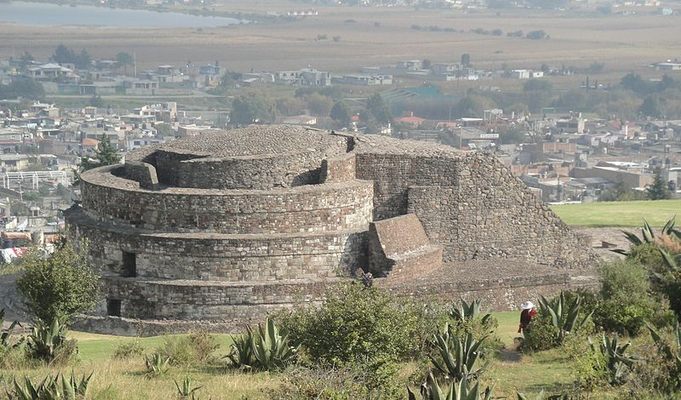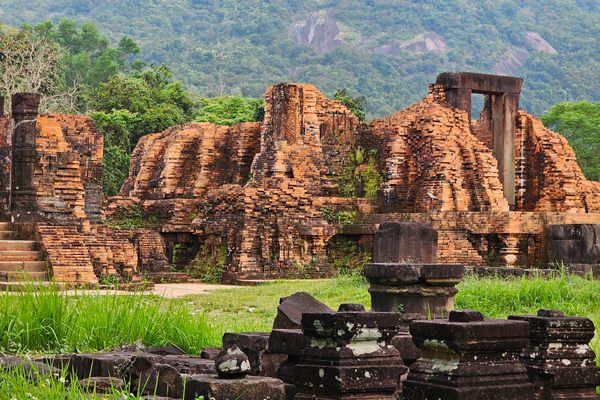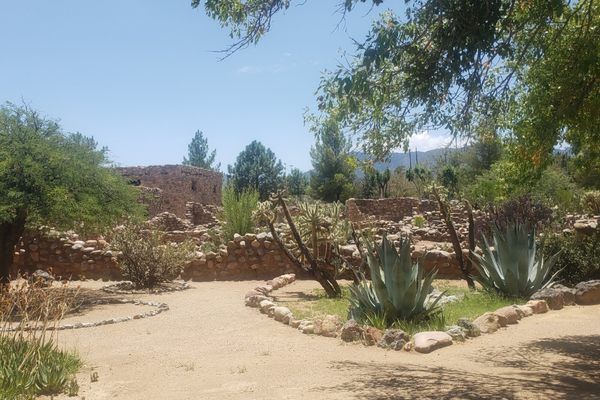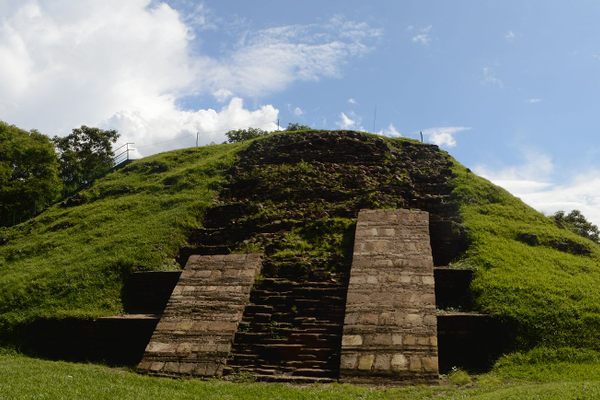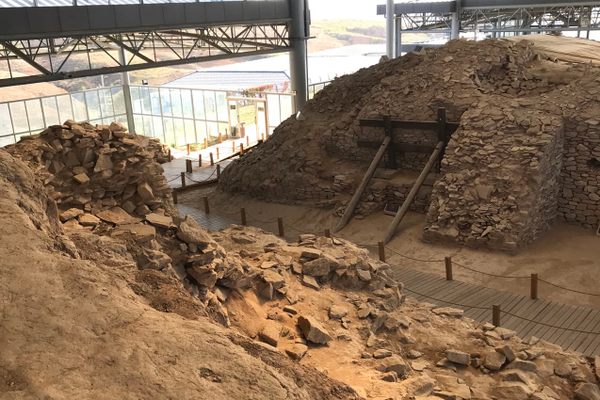About
On the plains of the Toluca Valley stand the ruins of the ancient city of Calixtlahuaca and its unusual rounded pyramid temple, a weathered testament to the rise and fall of the region's pre-Hispanic civilizations.
Archaeological evidence suggests this area was first settled around 640 BC by a dominant Otomi tribe. The Otomi were ancient inhabitants of the valley of Mexico, who had arrived long before the influx of the Nahua tribes from the north that would later form the Toltec and Aztec civilizations.
As the Otomi were nomadic farmers, their temple may have originated at the site of an annual pilgrimage where religious rites were performed, likely venerating the deities that ensured agricultural fertility, or success in the frequent internecine warfare with other Otomi tribes. As the years went by, permanent settlements appeared in the area and the population grew, leading to the expansion of the urban center into a small city-state known as Matlatzinco. During this formative period, the influence of Teotihuacan and the trade networks of the later Toltec civilization introduced a greater architectural, agricultural, and cultural sophistication to these communities, whose population continued to swell.
That all changed around the year 1476, when the city was invaded by the forces of the Aztec empire, led by the emperor Axayacatl. The ancient tribal city was burned to the ground and many of its inhabitants slaughtered. The Aztecs rebuilt the city and called it Calixtlahuaca (which in Nahuatl translates as "House on the Praire" or "House on the Plains). They established a colonial outpost of the empire and tributary system by which the vanquished citizens had to offer both military allegiance and payments of natural resources to the emperor. It was during this period that the pyramid temple was dedicated to the Aztec wind god, Ehécatl.
The rule of the Aztecs was a brutal and deeply unpopular one and there were numerous uprisings against them by the local peoples, eventually culminated in a major rebellion in 1510. In response, the last of the Aztec emperors, Moctezuma II (who would later be killed by the Spanish), ordered the destruction of the entire city save the Temple of Ehécatl, and had the entire population forcibly relocated to an area in what is today the state of Michoacan.
Related Tags
Know Before You Go
The Calixtlahuaca archeological site is open every day from 9 a.m. to 5:30 p.m. and the entrance cost 55 pesos. Be sure to visit the onsite museum too, which chronicles the rise and fall of the ancient city.
Yucatan Family Adventure: Meteors, Pyramids & Maya Legends
Explore Maya temples and learn about the asteroid that wiped out the dinosaurs.
Book NowPublished
May 24, 2019

